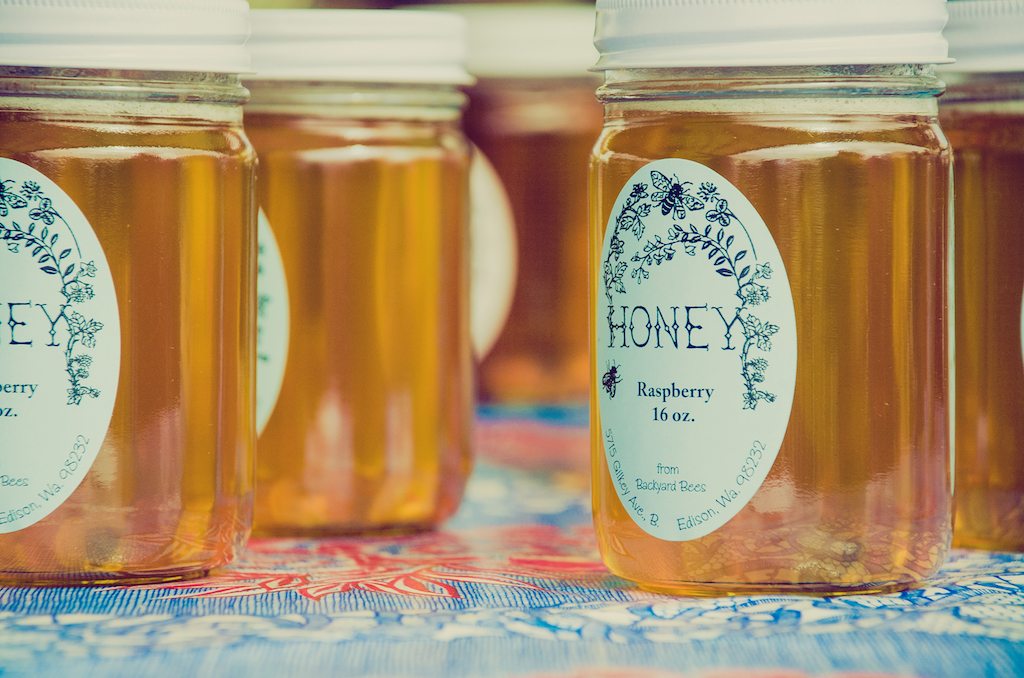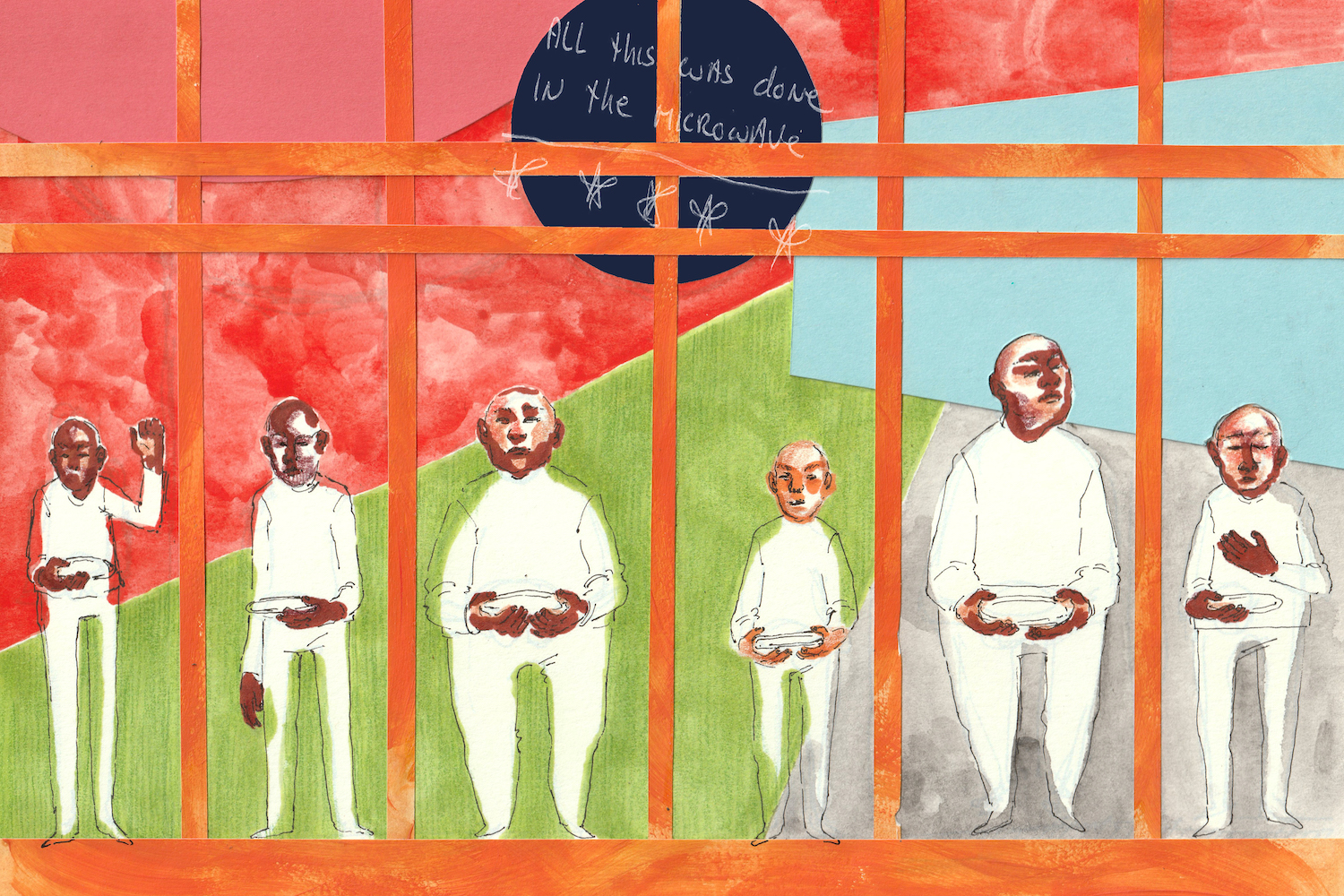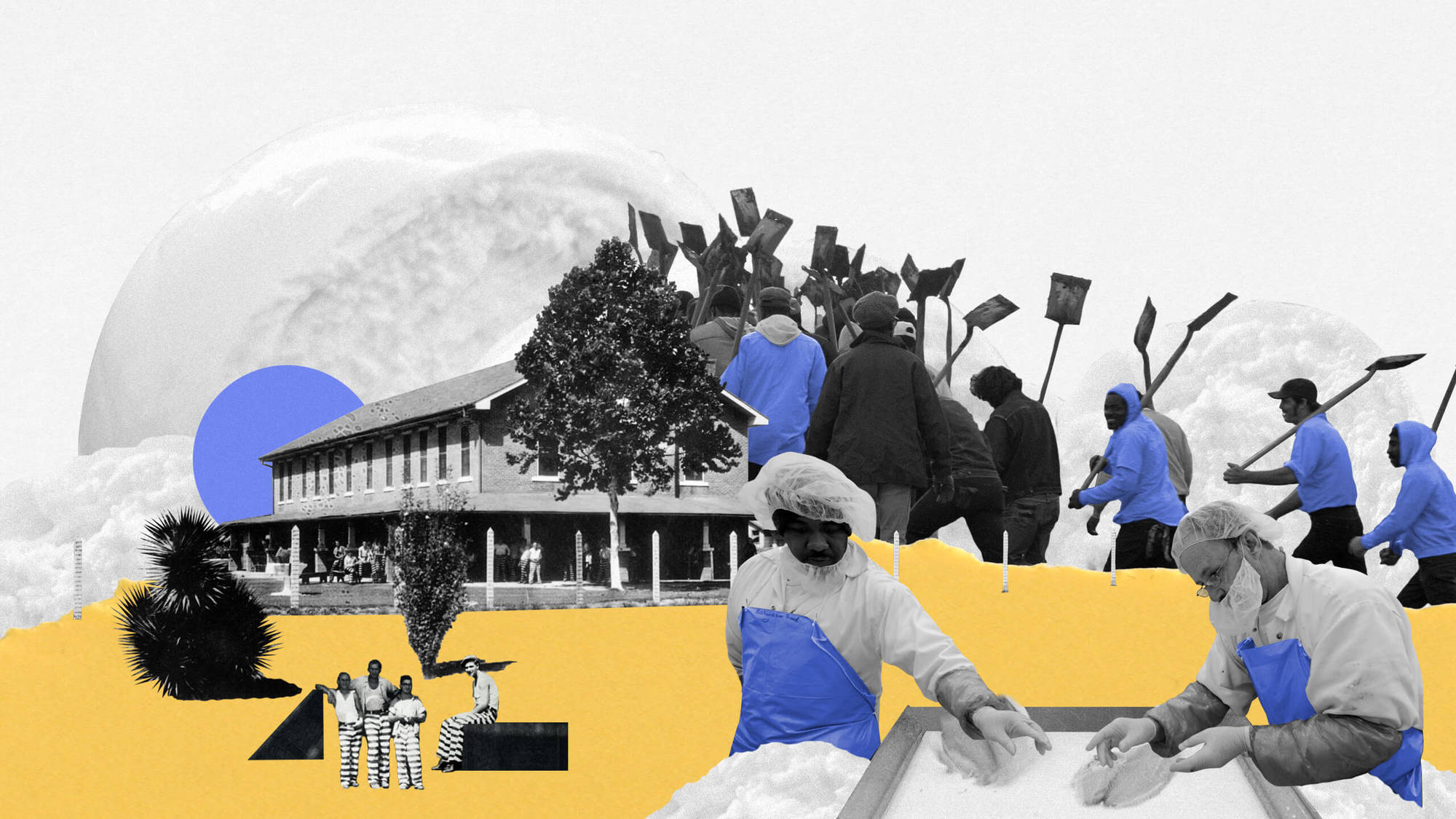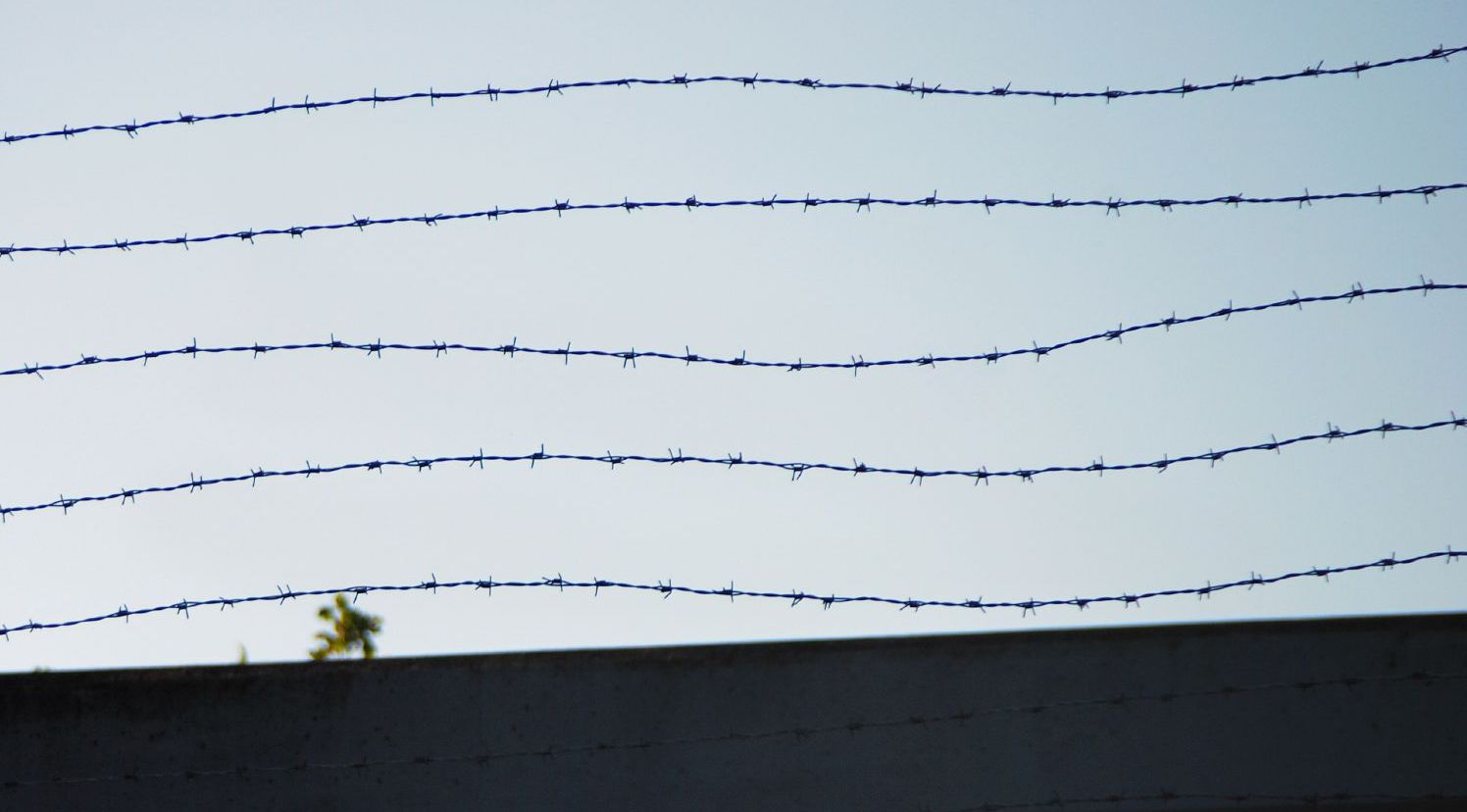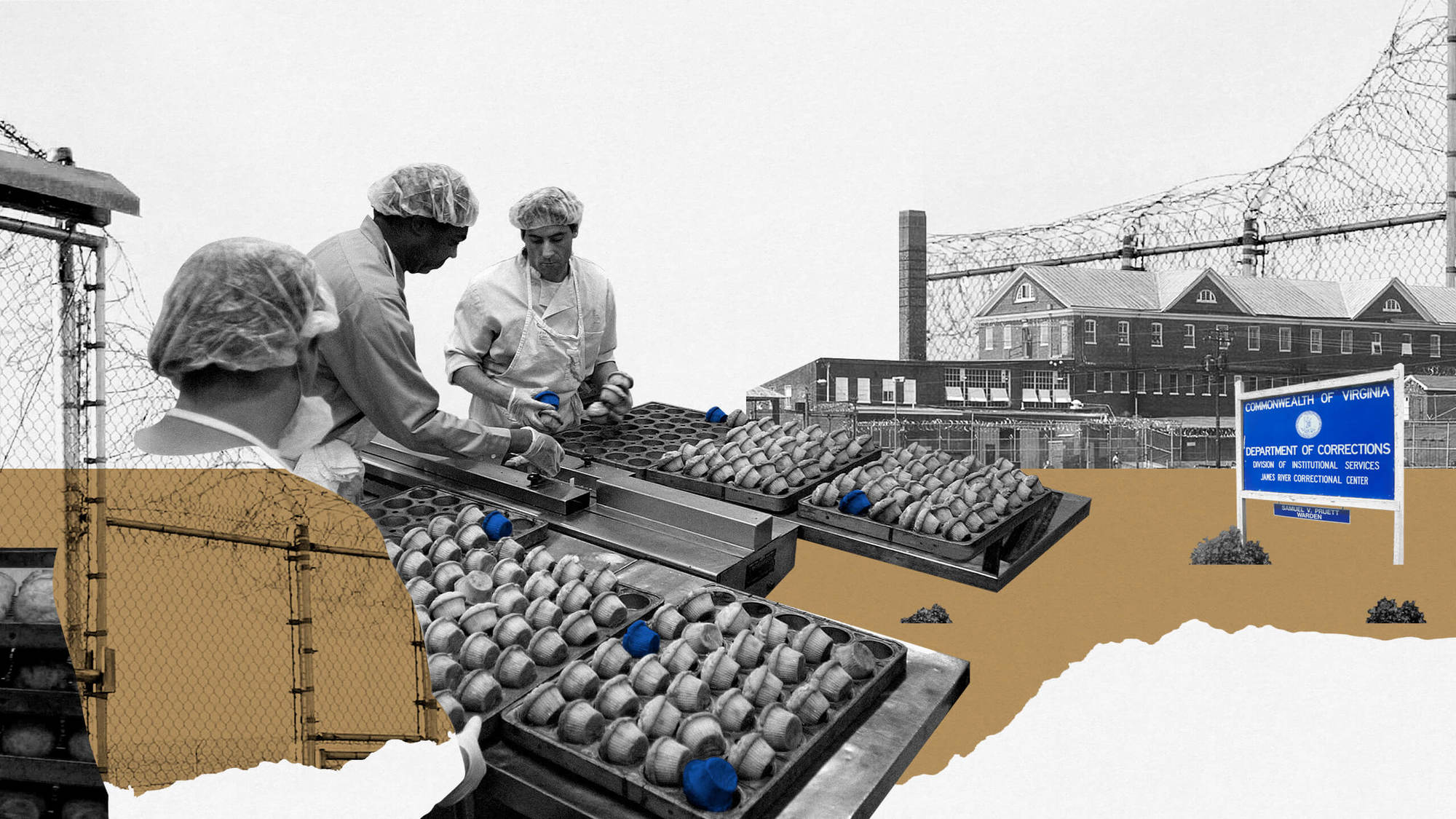Julie Green, artist who humanized people on Death Row through their last meals, dies at age 60
As Covid deaths have proliferated, I’ve read obituaries more frequently. Yet I also avoid them sporadically. During one of these recent periods, I missed the death of artist Julie Green, who created the iconic “The Last Supper” series over two decades. Most recently a professor in Oregon, Green documented the final requested meal of people executed on Death Rows around the country—and did so using ceramic plates and cobalt blue paint as her medium, faintly evoking the ubiquitous Blue Willow china pattern. Within the limited radius of a common plate, Green used simple images and few words to humanize people whose lives ended via capital punishment. Among the food requested, we see lots of McDonald’s meals, ice (which can be scarce in carceral settings), turkey with stuffing, and regional snacks. And then there are the more ornate meals, like this 2014 one, from a person executed in Oklahoma, which is currently under scrutiny for a late October execution gone terribly awry. The request was such a large order that Green made a platter rather than the quotidian plate: It included a Chateaubriand steak (medium rare with A-1 steak sauce), fried shrimp with cocktail sauce, a large baked potato with the fixings, six pieces of garlic butter toast, a Kentucky bourbon pecan pie, one liter of Coke Classic, and a bag of ice. The request went over the state’s $15 limit and was denied (Green once noted that California’s corrections system allows up to $50 for final-meal takeout). Green, who made 1,000 plates and intended to make 50 per year until the death penalty is abolished in the United States, according to The Art Newspaper, died from ovarian cancer in October. But this project and its plates will live on.

